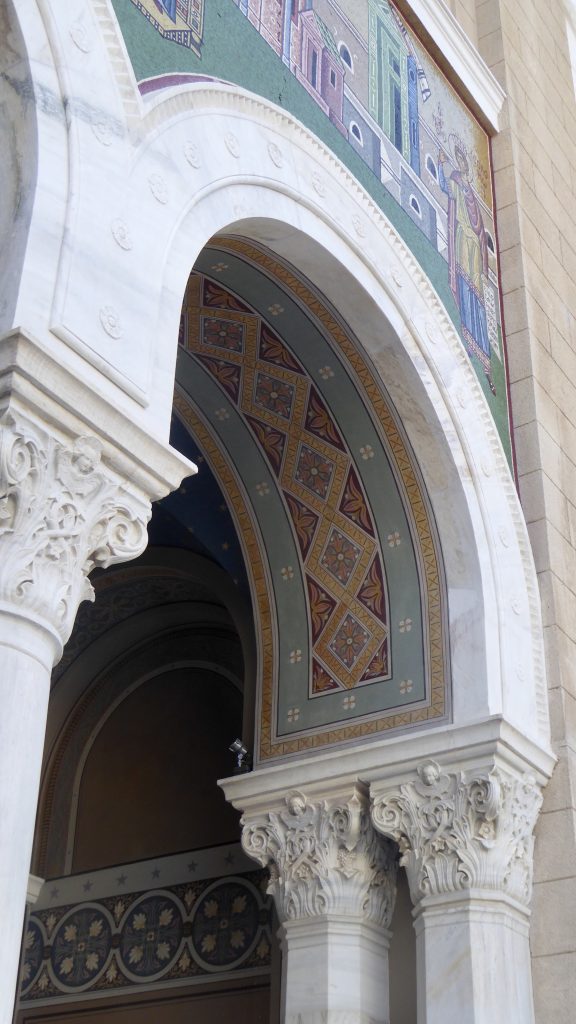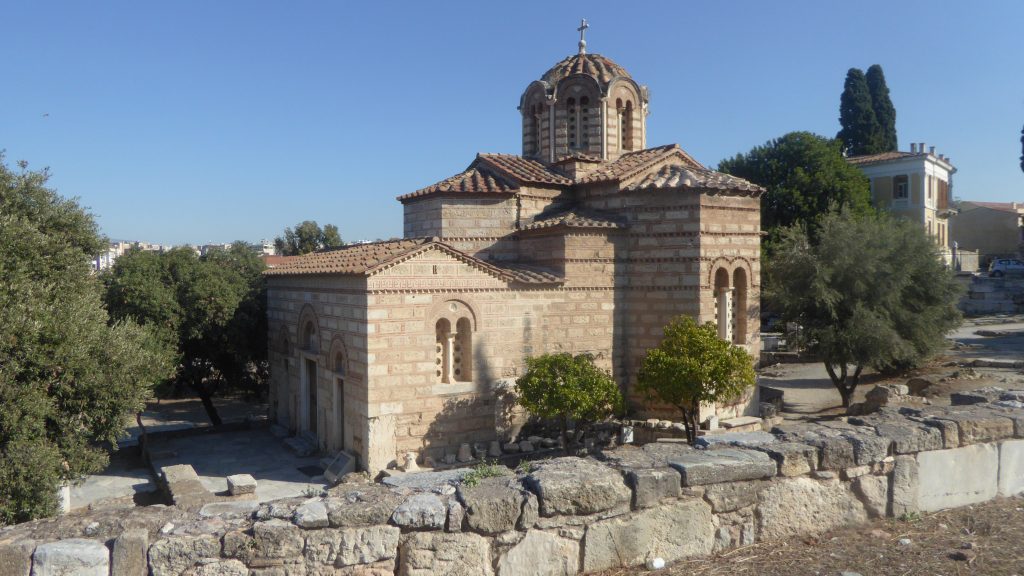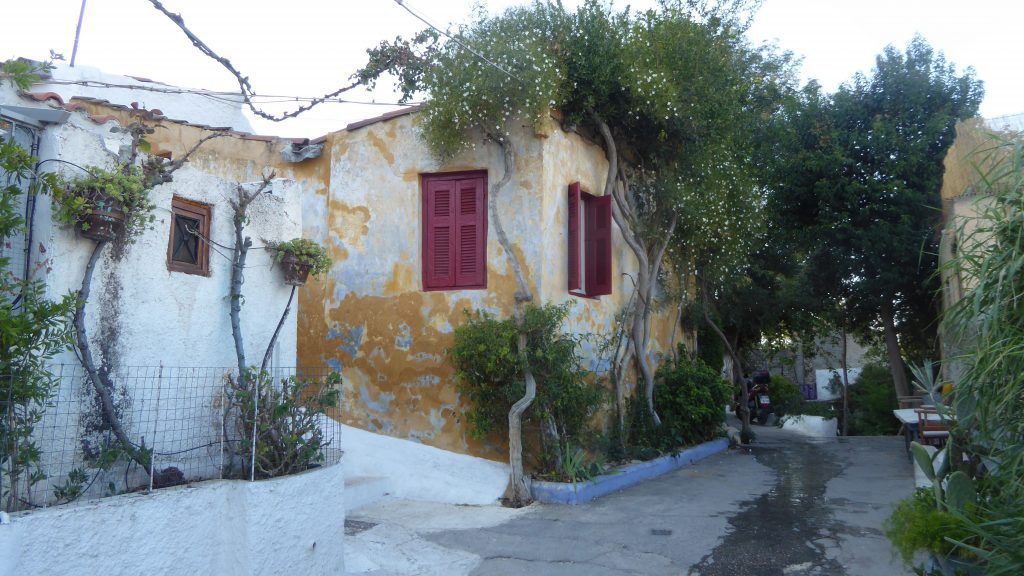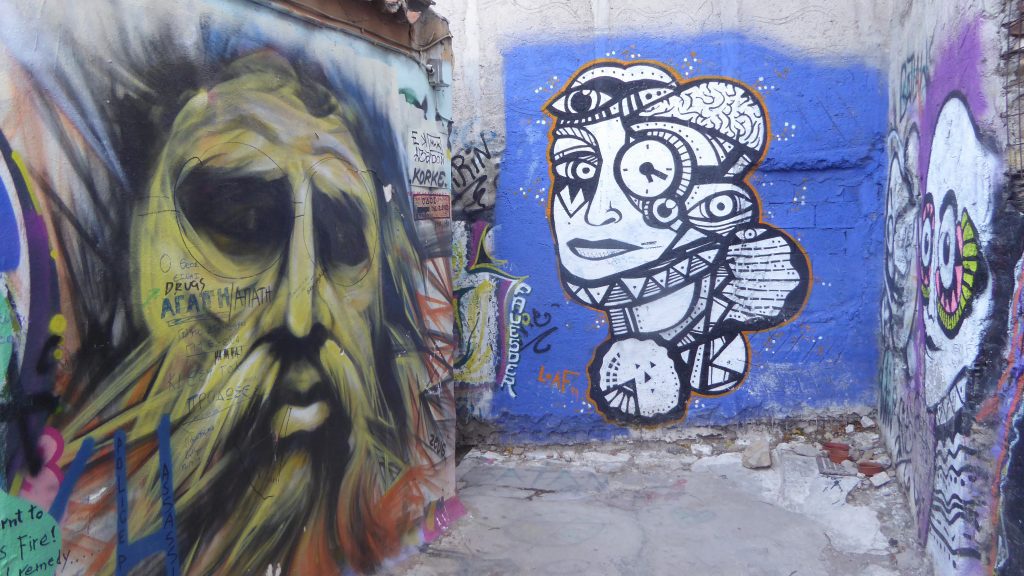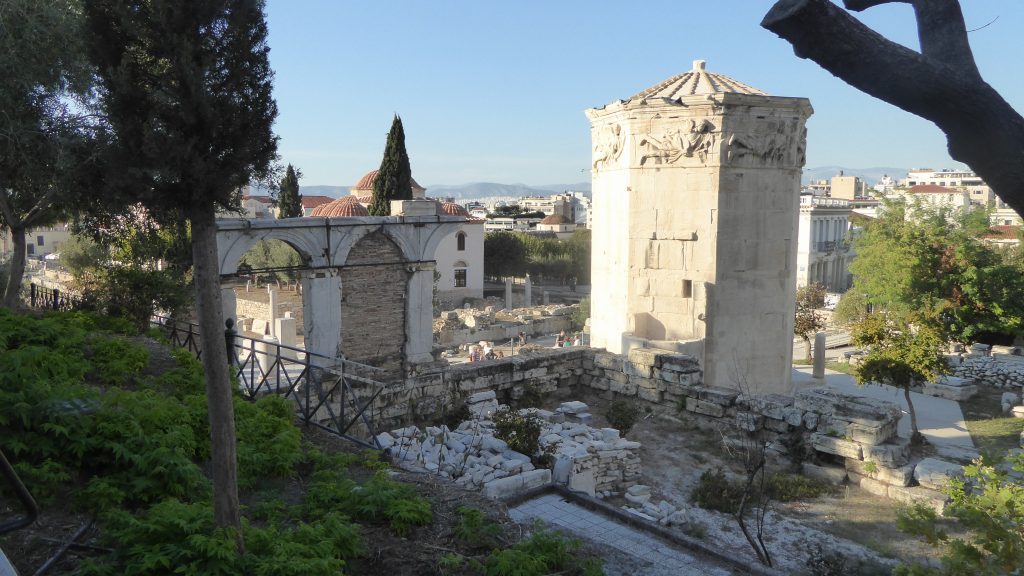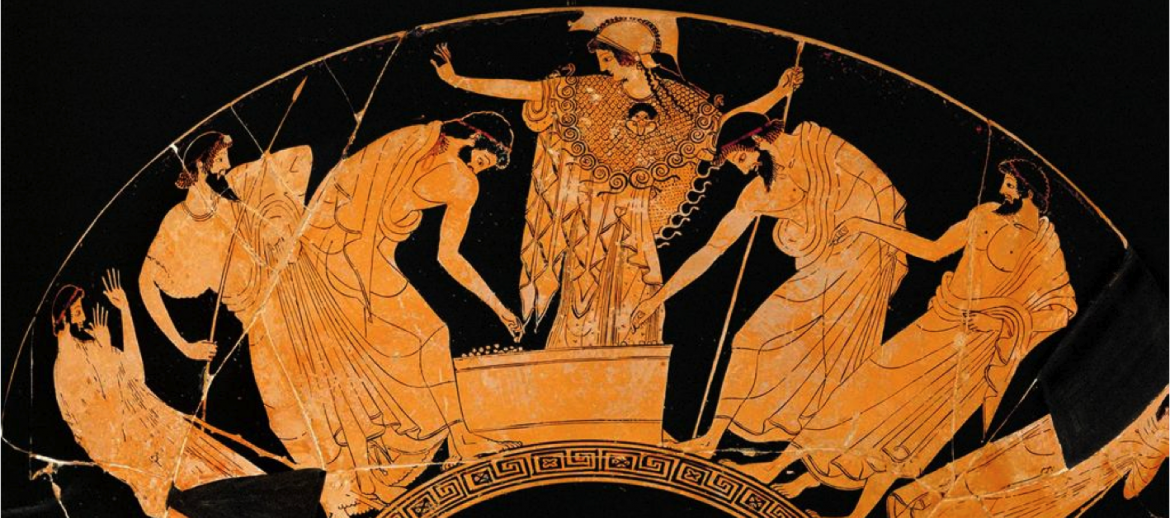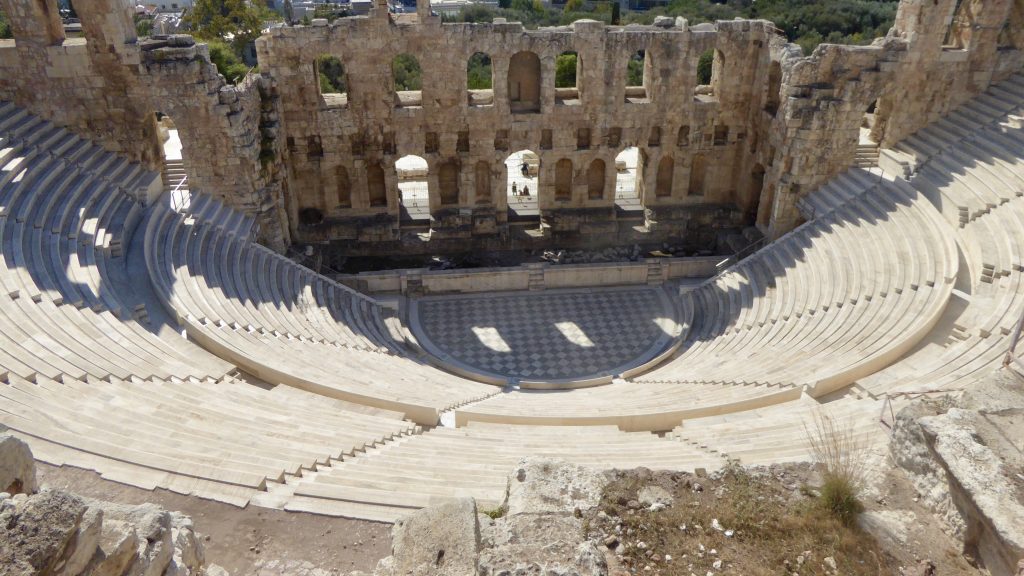The first full day in Athens was cloudless and on the cool side, so what could be better than walking to the Acropolis? Scott and I had been there fifty-one years ago (long story) so it closed a few circles for us. We also took in a few other sites—some intentional and some that we just happened upon—to make a full day of the adventure.
The Acropolis
The Parthenon is probably the most famous facade on the planet. Much has been written about it’s magnificent architecture, the friezes, the statuary, etc., and it’s easy to see why it has received so much attention—and difficult to understand why an invading army would destroy it, or attempt to. It has been under major reconstruction since the early 1980s, and it’s likely to continue longer than that. Still, the structure is impressive in every respect.
Although the Temple of Athena is smaller and featured less prominently on the huge rock outcropping that is the Acropolis, it is no less impressive than the Parthenon. Like the former, it has also undergone some reconstruction. The Caryatids—the impressive female figures that replaced the original columns sometime in antiquity—are replicas, the surviving originals being housed in the Acropolis Museum.
The other building that commands respect is the Propylaea, the monumental entrance gate to the Acropolis.
Here are a few photos. I probably have 200 more…
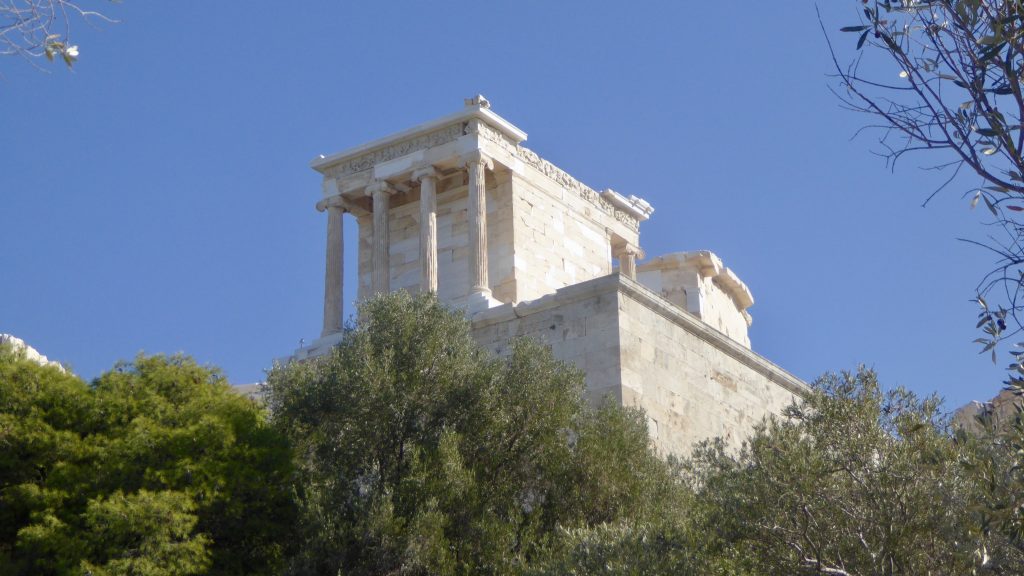
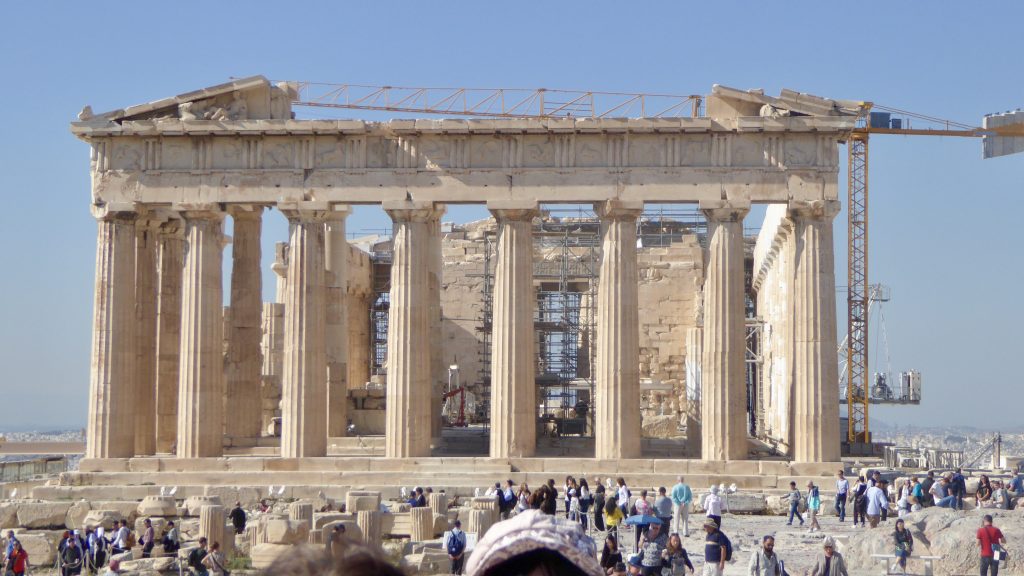
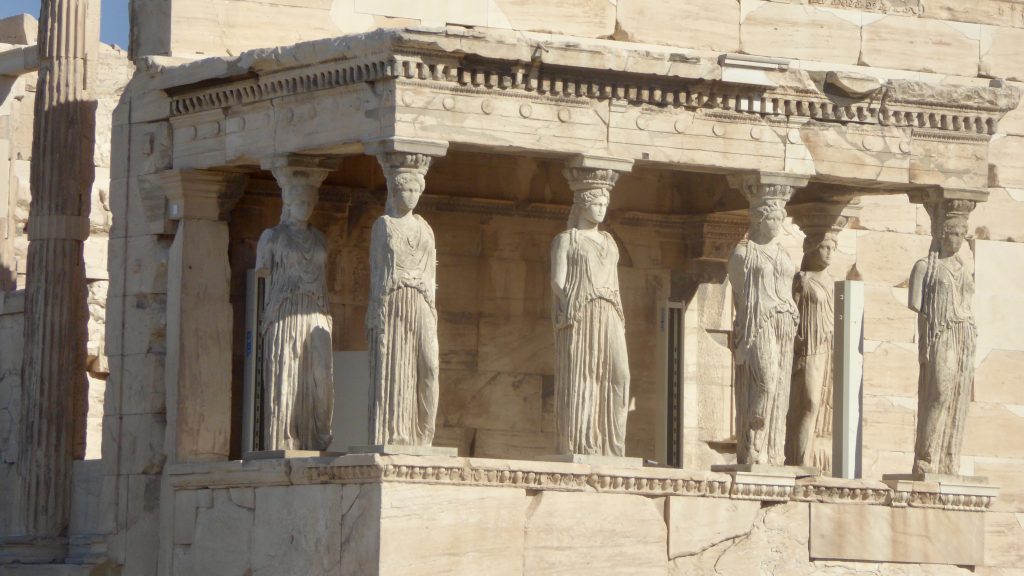
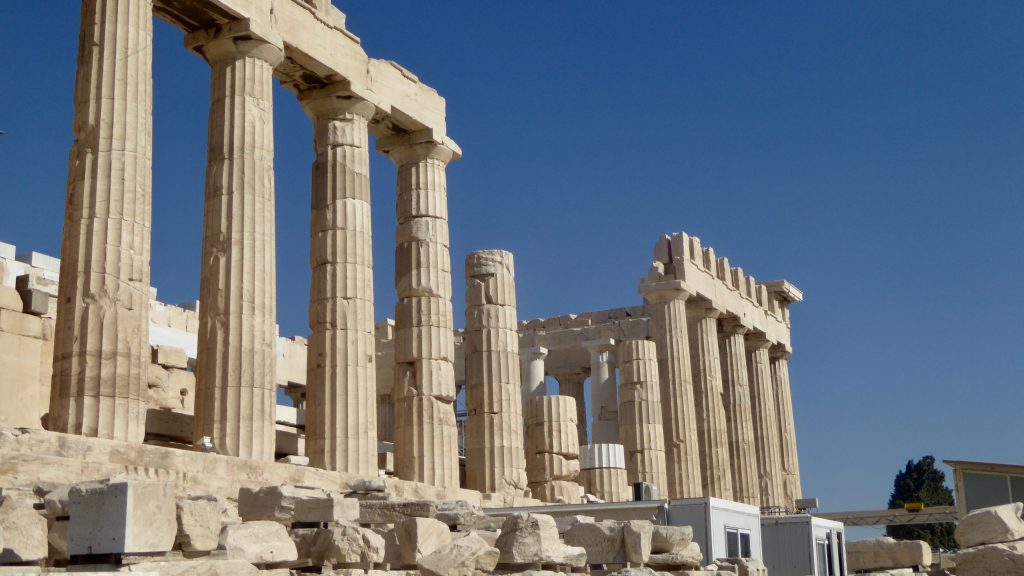
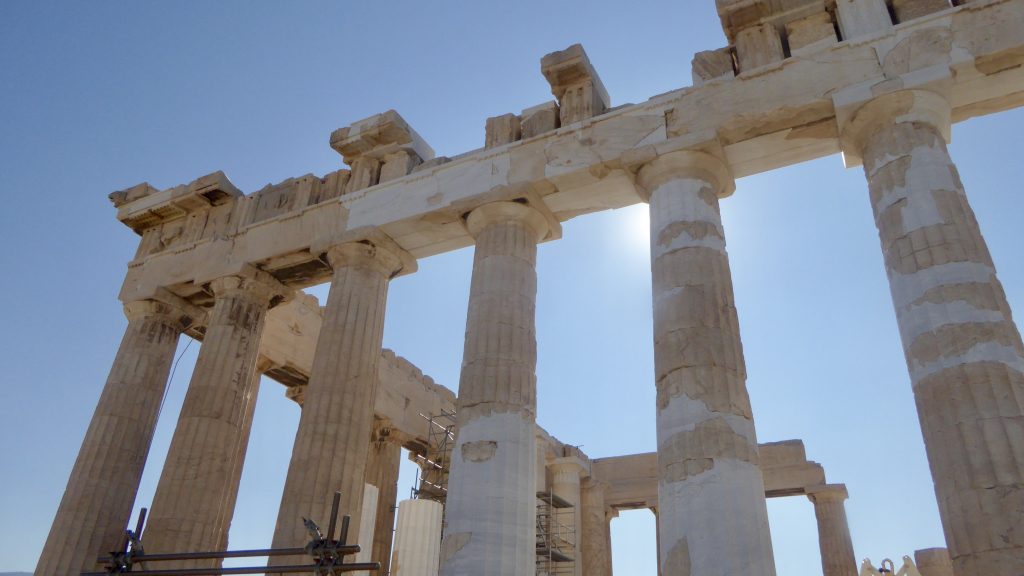
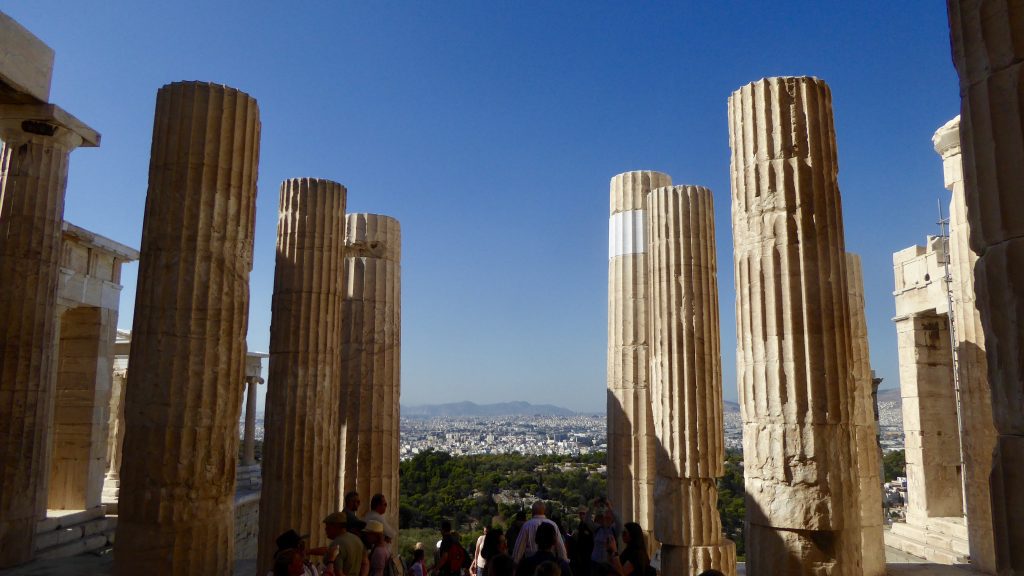
The Odeon of Herodes Atticus
The Odeon as it largely stands now was completed in the second century AD as a musical theater. It used to feature a wooden and tiled roof. It is still in use today as a theater and that is the only time that it is open to the public. However, it sits just outside the Acropolis fortifications and can be seen from above.
The Temple of Olympian Zeus
The Temple of Olympian Zeus, which can also be seen from the Acropolis (you can see a LOT from the Acropolis), began construction in the 6th century BC by the Greeks and finished in the 2nd century AD by Roman empower Hadrian. He added an archway to the Temple entrance and a monumental statue of himself to keep Zeus company. The statues have not survived. Much of the temple was dismantled over the centuries for other construction projects, but 16 of the huge original columns are still there—and one has collapsed.
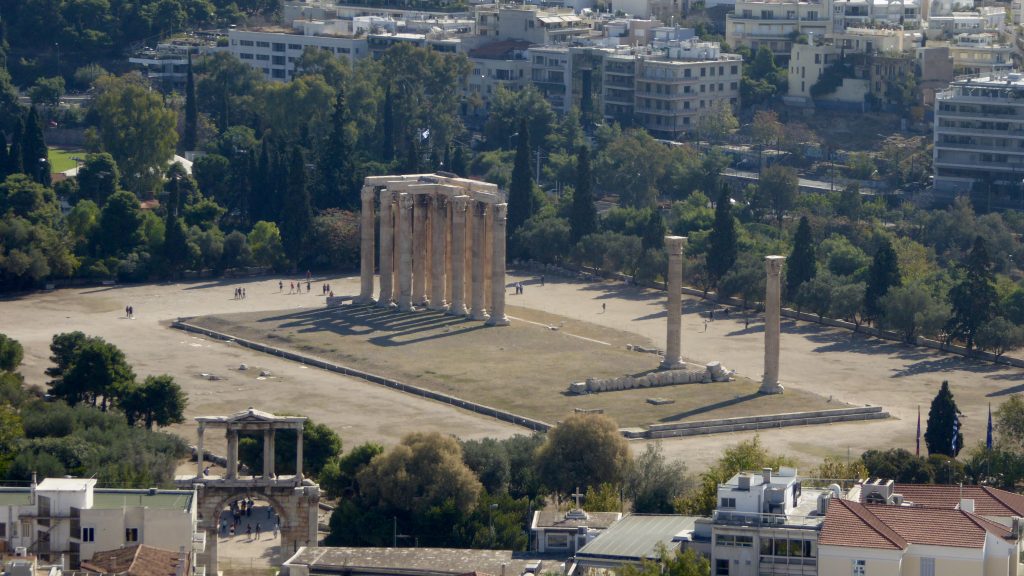
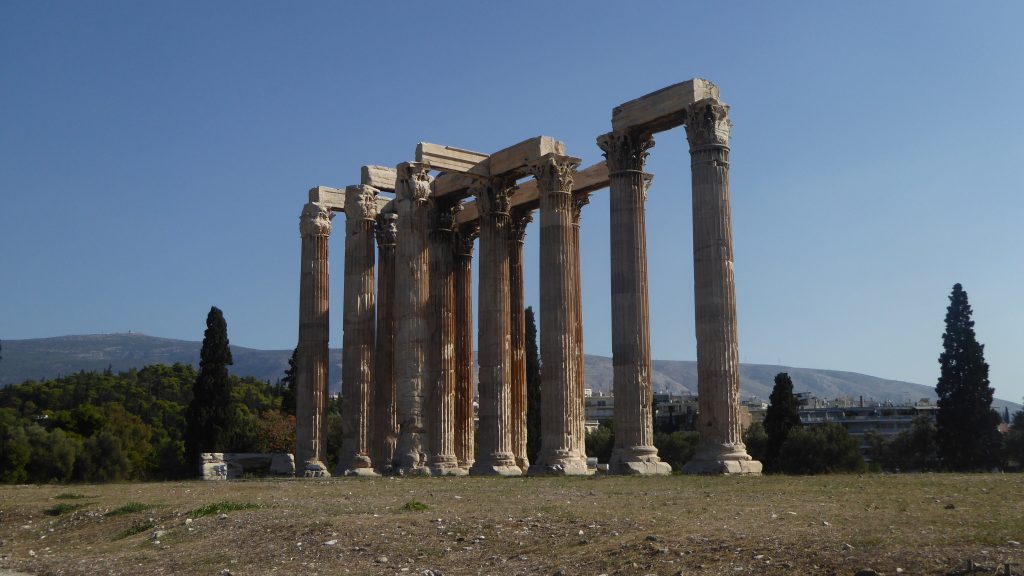
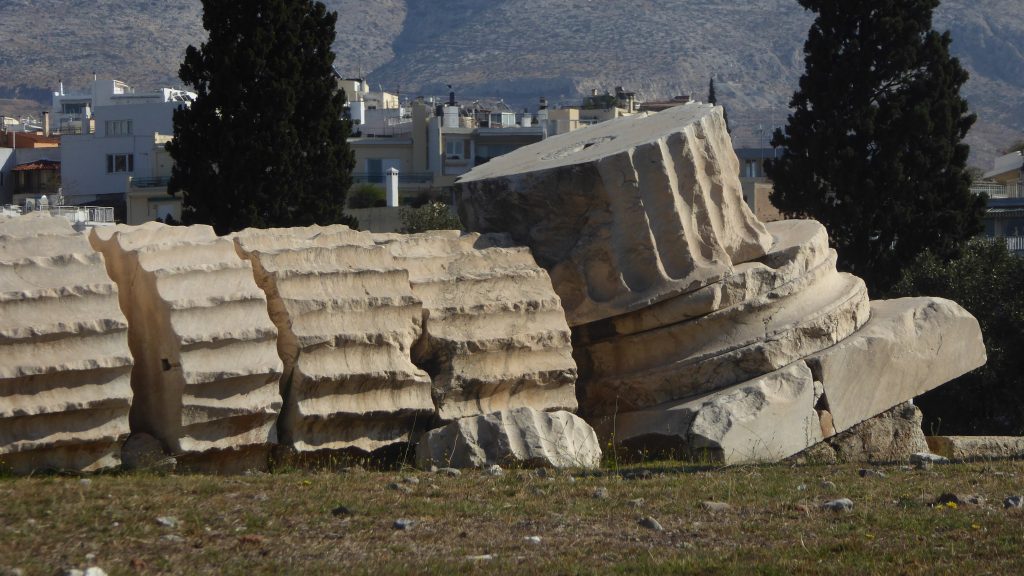
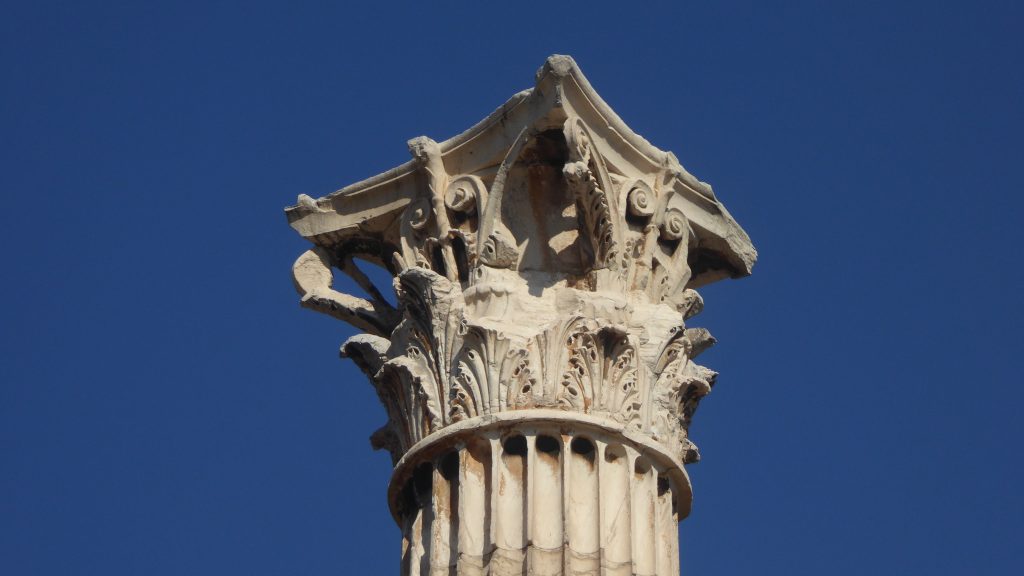
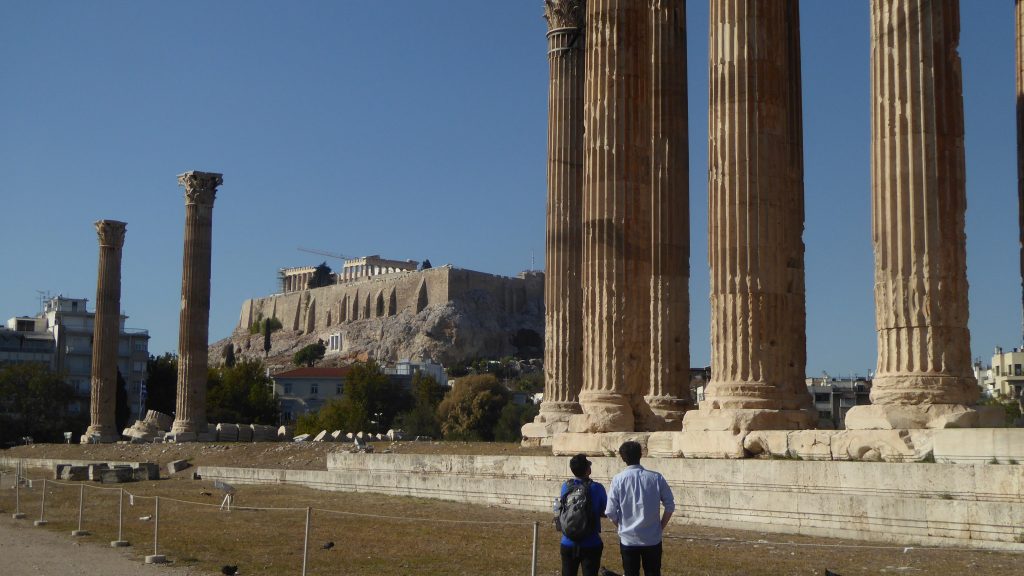
The Acropolis Museum
Just down the hill from the Acropolis, and with an excellent view across to the Acropolis fortifications, is the Acropolis Museum. The original surviving Caryatids are here along with statuary, pottery, and other artifacts from the Acropolis. Definitely worth a visit.
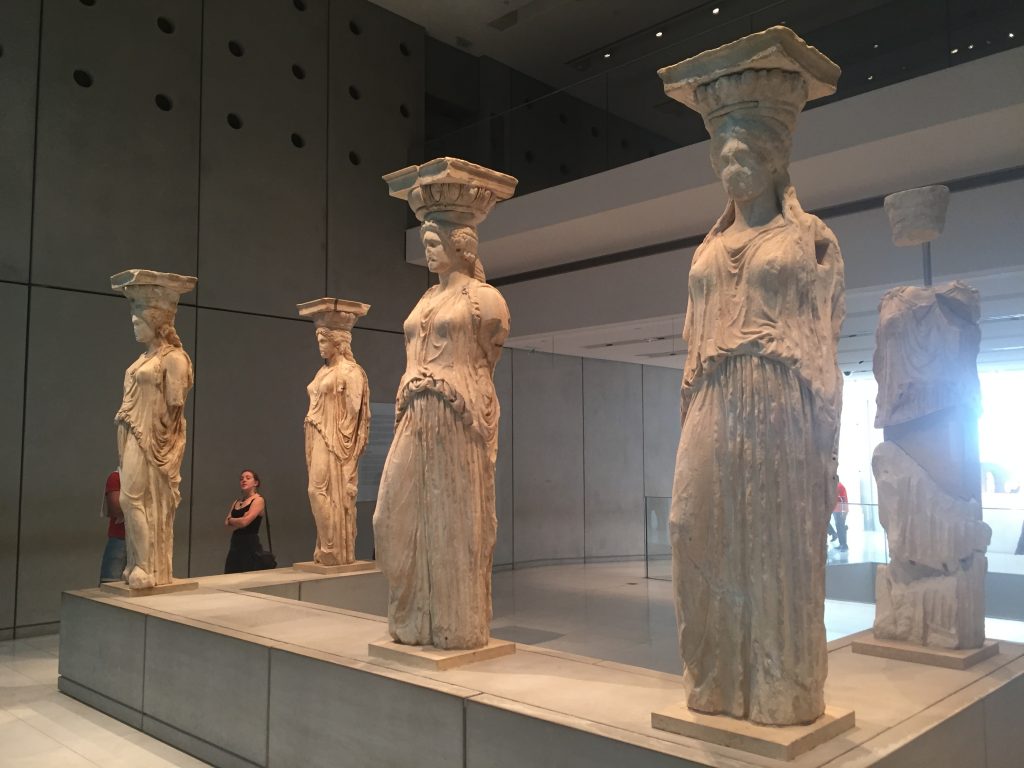
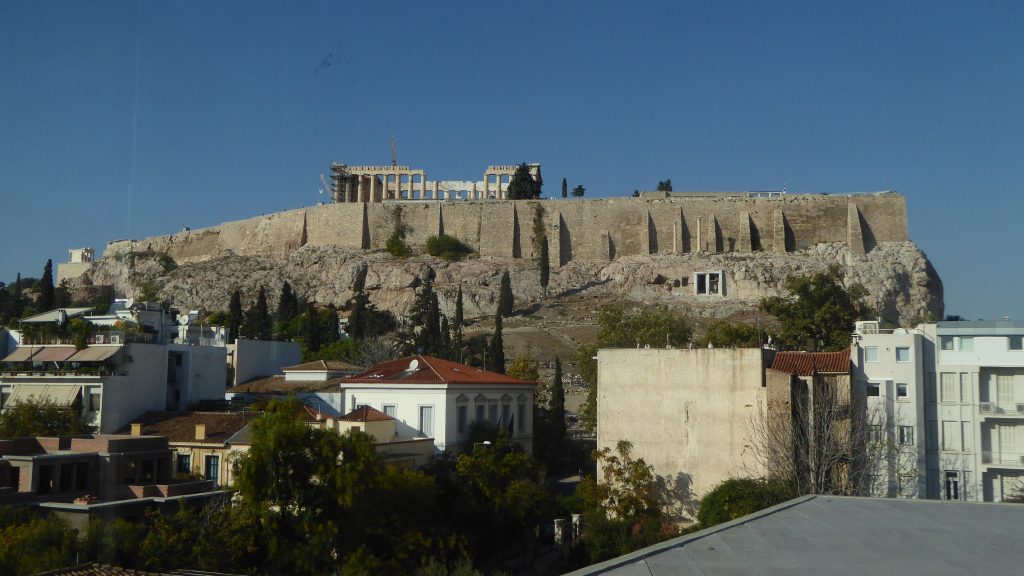
Other finds
Here are a few shots from the walks to, from, and around the Acropolis.
